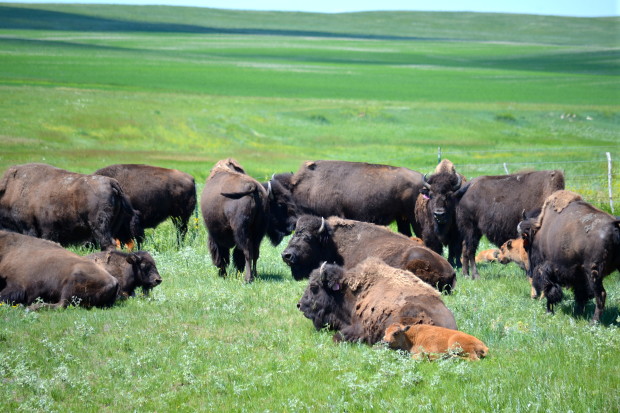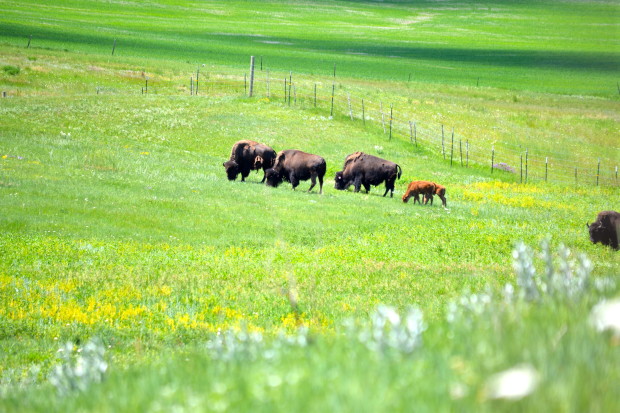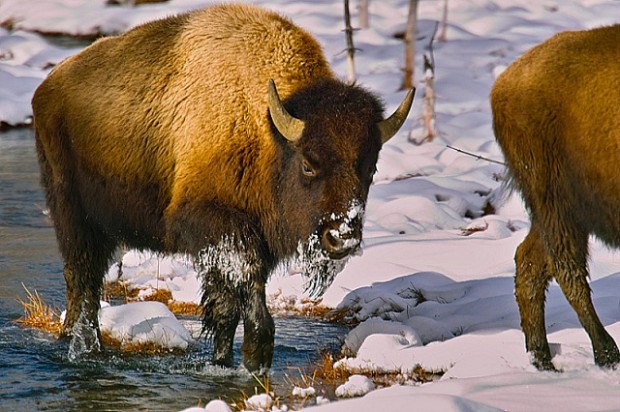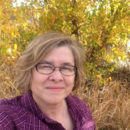We have much more to do and your continued support is needed now more than ever.
Restoration of 34 Wild Bison to Tribal Lands Marks New Milestone
Another homecoming, another important milestone in the quest to restore wild bison to tribal lands and their rightful place—the grasslands they once roamed by the millions.

“It’s a great day for Indians and Indian Country,” Mark Azure, who heads the tribe’s bison program, told the Great Falls Tribune.
The transfer to Fort Belknap was held up by a lawsuit instigated by Montana ranchers and others. Montana legislators then sponsored a series of bills aimed at blocking restoration of wild bison to the prairies.
The legislation was defeated thanks to work by tribal and conservation leaders. National Wildlife Federation and more than 53,000 NWF members and activists sent a clear message for Montana lawmakers to call off their assault on bison. The bills that didn’t die in the Legislature were vetoed by Gov. Steve Bullock.
In June, another obstacle was eliminated when the Montana Supreme Court ruled against the ranchers who sued, clearing the way for the transfer to proceed. NWF and other conservation groups helped fight the lawsuit.
Long Time Coming
Last year’s bison release on Fort Peck followed two decades of work by the tribes, conservation groups, and state and federal officials. The Yellowstone bison’s genetics date to an era when millions of bison roamed North America and were fundamental to Plains Indians’ physical, cultural and spiritual nourishment.
Yellowstone bison are special to the tribes because they are the last wild, free-ranging herd. For years, the tribes, NWF and other groups have urged that bison wandering out of Yellowstone be transferred to tribal and federal lands, rather than be gunned down as a result of fears they’ll spread the disease brucellosis to cattle. The disease can cause pregnant animals to abort, but there have been no confirmed cases of bison transmitting brucellosis to cattle. Bison transferred from Yellowstone have been quarantined and are brucellosis-free.

Restoring Bison, Restoring Balance
Robbie Magnan, manager of the Fort Peck Tribes Game and Fish Department, has said the return of bison has helped restore balance to the land. People are seeing new kinds of songbirds. Native grasses and wildflowers are thriving in the bison pasture. The bison’s presence makes it possible for other wildlife to thrive in the winter. Bison use their massive heads to push the snow out of the way, exposing grass and other vegetation for pronghorns. Ground birds and other species have followed.

How You Can Help
We aren’t done. Many other Tribes are seeking to restore Yellowstone Bison back to Tribal Lands but we need your help to make it happen.
![]() Your donation can help our work to restore bison back to tribal lands—donate here. To read more about our efforts and long term vision, go to our website www.nwf.org/tribalbison.
Your donation can help our work to restore bison back to tribal lands—donate here. To read more about our efforts and long term vision, go to our website www.nwf.org/tribalbison.
You can like National Wildlife Federation’s Tribal Lands Partnerships Facebook page here to stay updated on all bison related news and events.






















